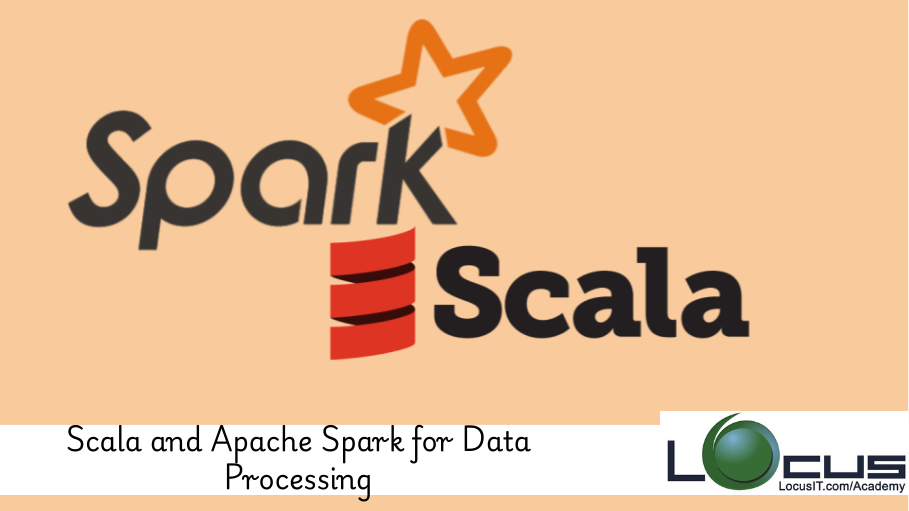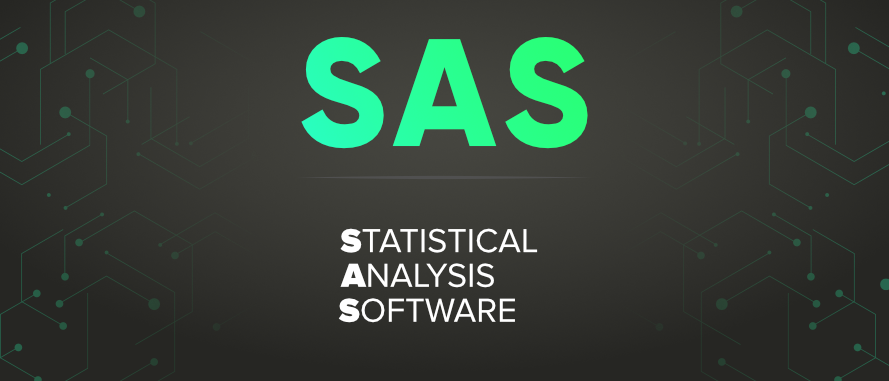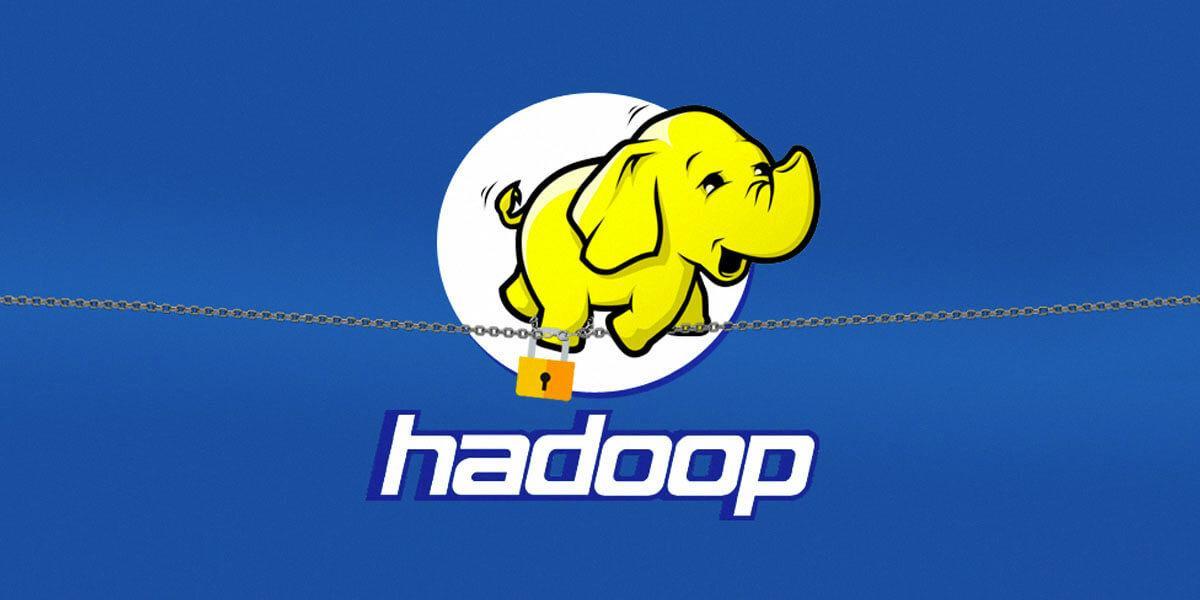Description
Introduction
Apache Spark is an open-source, distributed computing system that is widely used for large-scale data processing, analytics, and machine learning. Scala, being one of the primary languages used to write Spark applications, offers a powerful combination for handling big data workloads efficiently. By leveraging Scala’s functional programming features along with Spark’s distributed data processing capabilities, developers can create highly scalable, fast, and maintainable data processing pipelines. This guide will walk you through using Scala with Apache Spark for data processing, from setting up Spark to implementing advanced analytics.
Prerequisites
To follow along with this guide, you should:
- Have a basic understanding of Scala syntax and functional programming.
- Be familiar with Apache Spark and its core concepts.
- Have experience with data processing or working with big data tools (optional but helpful).
- Have Apache Spark and Scala set up on your local machine or cluster environment.
Table of Contents
- Introduction to Apache Spark and Scala
1.1 What is Apache Spark?
1.2 Why Use Scala with Apache Spark?
1.3 Overview of Spark’s Core Components
1.4 Setting Up Apache Spark and Scala Environment - Fundamentals of Apache Spark
2.1 The Spark Ecosystem and Core Components
2.2 RDDs (Resilient Distributed Datasets): Introduction and Operations
2.3 DataFrames and Datasets: Structure and API
2.4 Spark SQL: Querying Structured Data
2.5 Spark Streaming: Real-Time Data Processing - Data Transformation with Spark and Scala
3.1 Loading and Saving Data with Spark(Ref: Functional Programming in Scala)
3.2 Transformations and Actions on RDDs
3.3 Working with DataFrames: Selecting, Filtering, and Aggregating Data
3.4 Data Manipulation with Datasets
3.5 Using Spark SQL for Complex Queries - Advanced Data Processing with Scala and Spark
4.1 Working with Complex Data Types in Spark (e.g., Arrays, Structs, Maps)
4.2 Handling Missing and Null Data
4.3 Performing Joins and Aggregations in Spark
4.4 Optimizing Data Processing with Partitioning and Caching
4.5 Managing Large-Scale Data with Spark’s Partitioning Strategies - Machine Learning with Spark and Scala
5.1 Introduction to MLlib: Spark’s Machine Learning Library
5.2 Building ML Pipelines with Spark
5.3 Working with Regression, Classification, and Clustering Models
5.4 Model Evaluation and Tuning in Spark
5.5 Scaling Machine Learning Workloads with Apache Spark - Real-Time Data Processing with Spark Streaming
6.1 Introduction to Spark Streaming
6.2 Processing Real-Time Data with DStreams
6.3 Integrating Spark Streaming with External Sources (e.g., Kafka, Flume)
6.4 Windowed Operations and Stateful Transformations
6.5 Fault Tolerance in Spark Streaming - Optimizing Spark Applications
7.1 Spark’s Execution Engine and DAG (Directed Acyclic Graph)
7.2 Performance Tuning with Spark’s Configuration Options
7.3 Understanding Spark’s Catalyst Optimizer for Query Optimization
7.4 Using Broadcast Variables and Accumulators for Efficient Data Processing
7.5 Best Practices for Spark Jobs: Caching, Persisting, and Resource Allocation - Handling Big Data in Distributed Environments
8.1 Distributed Computing and Spark’s Parallel Processing
8.2 Managing Data with Hadoop and Spark
8.3 Spark on Cloud: AWS, Azure, and Google Cloud Integration
8.4 Distributed File Systems: HDFS and S3
8.5 Spark on Kubernetes for Containerized Workloads - Integration with External Data Sources
9.1 Reading Data from External Storage Systems (e.g., HDFS, S3, HBase, Cassandra)
9.2 Writing Data to External Data Stores (e.g., Hive, NoSQL Databases)
9.3 Using Spark with SQL Databases via JDBC(Ref: SQL Server Techniques for Database Administrators (DBAs))
9.4 Integrating Apache Kafka with Spark for Streaming Data
9.5 Using Parquet and Avro Formats for Efficient Data Storage - Error Handling and Debugging in Spark Applications
10.1 Common Errors in Spark and How to Handle Them
10.2 Debugging Spark Jobs with Logs and UI
10.3 Error Handling with Try-Catch Blocks and Exception Handling in Spark
10.4 Monitoring Spark Applications with Spark UI
10.5 Using External Tools for Spark Monitoring (e.g., Ganglia, Prometheus) - Best Practices for Scala and Spark Data Processing
11.1 Writing Efficient Spark Code with Scala
11.2 Managing Dependencies in Spark Projects
11.3 Structuring Large-Scale Data Pipelines in Spark
11.4 Code Readability and Maintainability in Scala
11.5 Scaling Spark Applications for Large Data Sets - Building Data Pipelines with Scala and Spark
12.1 Introduction to Data Pipelines
12.2 Building ETL (Extract, Transform, Load) Pipelines in Spark
12.3 Automating Data Pipelines with Airflow or Oozie
12.4 Managing Data Workflow Scheduling in Spark
12.5 Real-World Use Cases: Data Pipelines for Analytics and Machine Learning - Testing and Validating Spark Applications
13.1 Writing Unit Tests for Spark Applications with ScalaTest
13.2 Testing Spark’s DataFrames and Datasets
13.3 Validating Data Quality and Consistency in Spark Pipelines
13.4 Using Property-Based Testing with ScalaCheck for Spark
13.5 Continuous Integration and Delivery for Spark Applications - Conclusion and Future Trends
14.1 Recap of Key Concepts in Scala and Apache Spark
14.2 The Future of Spark: Machine Learning, AI, and Beyond
14.3 Additional Resources for Further Learning
14.4 Final Thoughts on Leveraging Scala and Spark for Data Processing
Conclusion
Using Scala with Apache Spark enables developers to efficiently handle large-scale data processing and analytics in distributed environments. By combining Scala’s functional programming features with Spark’s distributed computing power, developers can create scalable and performant data pipelines. Whether you are processing batch data, streaming data, or building machine learning models, this guide has provided the foundational knowledge to leverage Scala and Spark effectively. By following best practices for performance optimization, error handling, and system design, you can build robust and efficient data-driven applications. As Spark evolves, integrating new technologies like machine learning and real-time data processing will continue to push the boundaries of data analytics.







Reviews
There are no reviews yet.